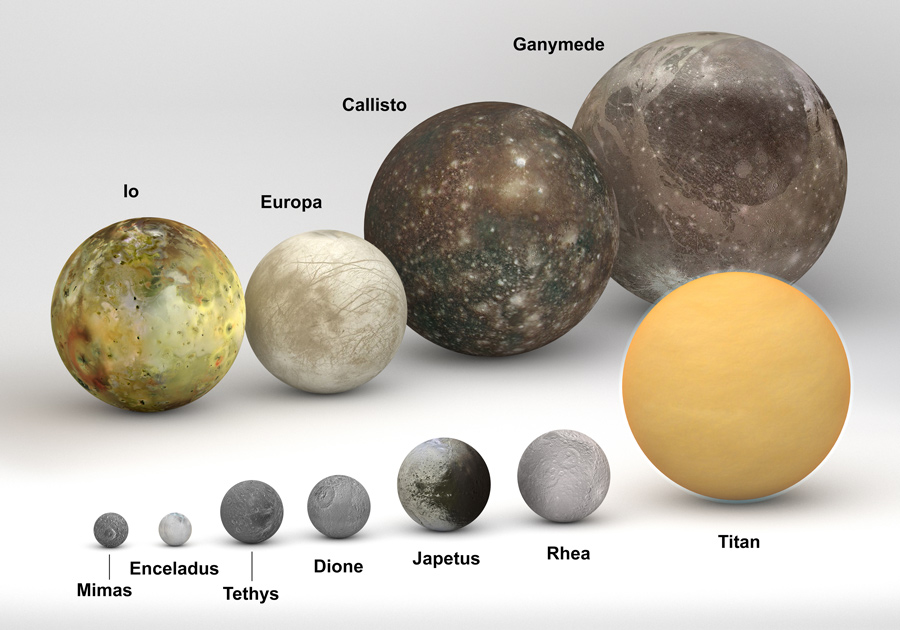When we think of moons, Earth’s Moon often comes to mind. However, the solar system is home to many moons, some of which are far larger and more fascinating. The title of the largest moon in the solar system belongs to Ganymede, one of Jupiter’s 95 known moons.
Ganymede is not only the largest moon in the solar system but also the ninth-largest object overall, even bigger than the planet Mercury. It has a diameter of about 5,268 kilometers, making it roughly 1.5 times the size of Earth’s Moon. What makes Ganymede truly unique is that it is the only moon known to have its own magnetic field, a feature typically associated with planets.
Discovered by Galileo Galilei in 1610, Ganymede is part of the four Galilean moons of Jupiter, along with Io, Europa, and Callisto. Its surface is a mix of two types of terrain: dark, heavily cratered regions and lighter, younger areas marked by grooves and ridges. Scientists believe that beneath its icy crust lies a vast ocean of liquid water, which could potentially harbor life.
Ganymede’s atmosphere is thin and composed mostly of oxygen, though it is too tenuous to support life as we know it. The moon’s magnetic field interacts with Jupiter’s powerful magnetosphere, creating stunning auroras around its poles.
Another intriguing feature of Ganymede is its potential for future exploration. NASA’s Jupiter Icy Moons Explorer (JUICE) mission, launched in 2023, aims to study Ganymede, Europa, and Callisto in detail. The mission will focus on understanding Ganymede’s ocean, ice shell, and magnetic field, providing insights into its potential habitability.
In conclusion, Ganymede is a remarkable moon that stands out not only for its size but also for its unique characteristics. Its magnetic field, subsurface ocean, and complex surface make it a prime target for scientific exploration. As we continue to study this giant moon, we may uncover secrets that could reshape our understanding of the solar system and the potential for life beyond Earth.
